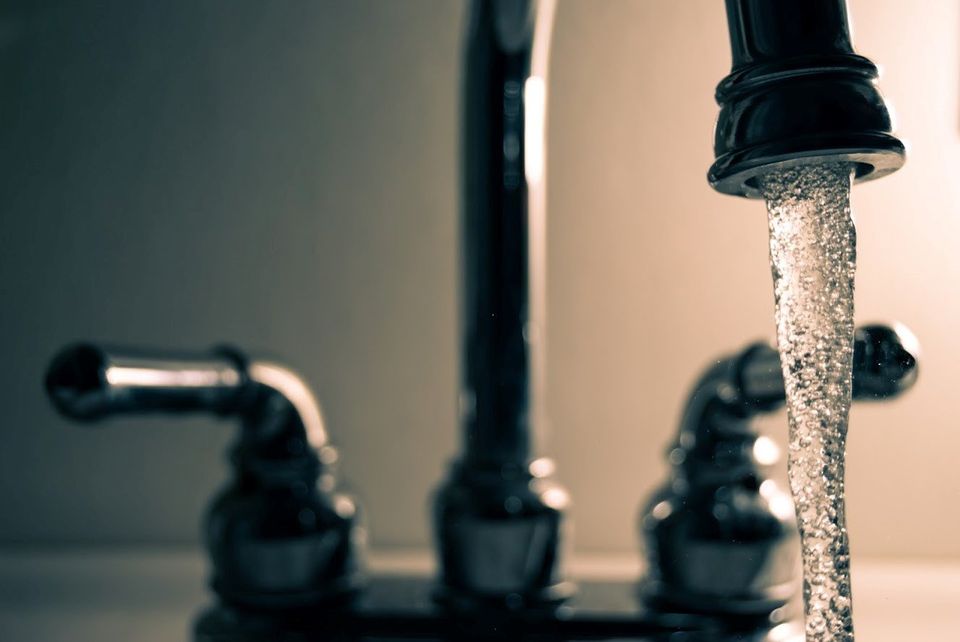Blog Post
4 Complications of an Old Plumbing System
Admin • October 6, 2020

Most of your plumbing system is hidden, so you may not realize there is a problem until the drain gets clogged or the faucet is leaking. However, the pipes you can't see can cause major problems, especially if the system is particularly old. If you recently purchased a home with an older plumbing system, check out these four complications you may face.
1. Lead Pipes
Older plumbing systems may use lead pipes, which was the standard before people discovered the dangers of lead. For this reason, many homes built prior to the 1986 and 1996 amendments to the Safe Drinking Water Act and the Lead and Copper Rule have lead pipes. At first, lead pipes don't cause a problem, but as the pipe experiences corrosion, bits of lead can get into the drinking water.
This can happen simply because the pipes are old and worn, but the water temperature, types of minerals, and the pH of the water can worsen the problem. If you are exposed to lead, you may have joint/muscle pain, headache, mood disorders, and high blood pressure. However, children who are exposed to lead can experience more devastating side effects, such as developmental delay, learning difficulties, seizures, and pica.
2. Hard Water
Older plumbing systems may have been made with older materials other than lead. These materials like galvanized steel may not pose health risks, but they can cause hard water. Hard water is simply water with high levels of minerals, especially calcium and magnesium.
Hard water makes it harder to clean because you need a lot more soap, and even if you use more soap, you still may end up with "soap scum" on your hands, dishes, etc. Hard water can also damage many types of fabrics and equipment.
3. Tree Roots
If you have an older plumbing system and long-standing big trees, there may be damage to your sewage line. Typically, you only need to worry about trees that are less than 6 feet from the sewer line (smaller trees will have smaller roots, so they may be as close as three feet to the sewer line). Roots this close are more likely to seek out the water source.
If the pipes are older, they may be weaker, especially if built with older materials. As a result, the roots can easily break through the pipe. Not only can this cause messy, smelly leaks, but as the roots continue to grow, they can clog the pipe, causing sewage backup into your home. By replacing an older system, your plumber will be able to spot any tree damage and replace old weak pipes with strong ones.
4. Unknown Repairs
If your home has an older plumbing system, and you haven't owned the home long, you may have no idea about any past repairs. While sellers may be upfront about repairs, some may deceive you, forget to tell you, or they may not know about the repair because it happened before they owned the home. The problem may be exacerbated if someone did a lot of DIY work, especially if they didn't know what they were doing.
One common mistake when fixing your own plumbing is using the wrong pieces and components. Some repairs may actually just lead to broken pipes. For example, if something is stuck, and you force it, the entire piece may break. You also don't know if whoever made the repairs used the right materials or if they used older materials like galvanized pipes.
Older plumbing systems are less effective, and they may even cause health complications if they contain lead. If your plumbing system is old, it may be time to consider upgrading to new materials and components. For more information, contact us
at Shamrock Plumbing today.
CONTACT INFORMATION
Address:
869 Unit B, Rogue River Highway Grants Pass, OR 97527
Mailing Address:
3149 Southside Rd., Grants Pass, OR 97527
Phone:
(541) 479-1300
Fax:
(541) 471-3392
BUSINESS HOURS
- Mon - Fri
- -
- Sat - Sun
- Closed
Emergency service available
Content, including images, displayed on this website is protected by copyright laws. Downloading, republication, retransmission or reproduction of content on this website is strictly prohibited. Terms of Use
| Privacy Policy






